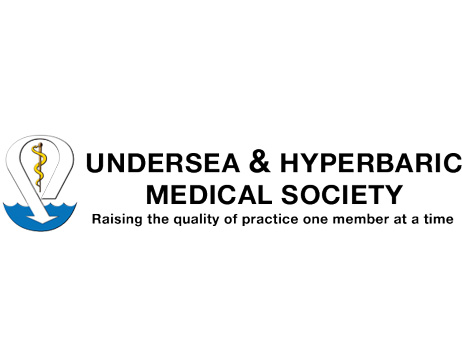Guest Post by Dr. Helen Gelly
A new paper has been published open source in Undersea and Hyperbaric Medicine (UHM) about physician supervision of hyperbaric oxygen therapy (HBOT). You can access the paper ahead of print here: Trends in Physician Supervision of Hyperbaric Oxygen Therapy, 2013 through 2022. We know this does not seem like an interesting or even scientific topic. However, the implications of this study could have a big impact on the field of hyperbaric medicine.
Most practitioners are aware that we narrowly averted nearly a 50% reduction in the hospital facility fees for HBOT. The process for determining physician payment is totally separate from the process that governs facility fees and it’s important to know that the “error” in the calculation for the facility fee is unrelated to physician payment. The only reason we mention the averted crisis in facility fee payment is that the error was corrected only after we analyzed cost data and proved to Medicare that their proposed payment rate was a mistake. Whenever CMS proposes a decrease in payment (accidentally or on purpose), the only response from us that has any impact is a response that is based on actual data.
Physician payment is largely determined by the American Medical Association (AMA) Relative Value Committee (RUC). The AMA RUC uses a variety of data sources to establish physician payment rates. A complete explanation of that is more than you want to read! However, suffice it to say that committee has to decide how much “work” a physician does for a given service. We have been concerned that, because more than one hyperbaric patient can be supervised at a time (in either the monoplace or the multiplace chamber environment), it is possible to argue that the physician payment rate for chamber supervision (“99183”) should be REDUCED to account for simultaneous supervision. Such a reduction has not been formally proposed by anyone, but this is an argument that could be made. We wanted to head that argument off at the pass – using data.
We needed to know, “How often does a physician supervise more than one hyperbaric patient at a time, and how would we figure that out?” We used data from the Hyperbaric Oxygen Therapy Registry (HBOTR), which is sponsored by Intellicure. We retrospectively analyzed deidentified electronic health record data on treatments from 2013 to 2022. We estimated the mean number of yearly hyperbaric oxygen therapy (HBO2) treatments that a physician could supervise per workday. We analyzed physician productivity by counting the number of physicians who administered fewer than two HBO2 treatments daily on average and we also looked at data from the 10 most productive physicians. We analyzed 262,055 HBO2 sessions provided by 333 physicians at 53 facilities in 34 states. The mean number of treatments/workday/provider was 3.6 (SD: 3.4) and this has been consistent for nearly a decade. Physicians across the US have consistently supervised ≤4 HBO2 sessions per day on average over the ten-year study period. We conclude that simultaneous supervision of more than one hyperbaric patient is not a trend observed in the US, and it should not be the basis upon which physician work is valued.
In case you are interested in another way we used HBOTR data to avoid a reduction in physician payment rate by the AMA RUC, you can access this paper: Rapid Analysis of Hyperbaric Oxygen Therapy Registry Data for Reimbursement Purposes: Technical Communication. Undersea Hyperb Med. 43(6):627-634, 2016. The AMA RUC had proposed a reduction in physician payment for chamber supervision, arguing that the patients were not particularly complex. We were able to show that the mean number of comorbidities per hyperbaric patient was 10, and the patients took a mean of 12 medications per patient. By the way, that analysis found that the mean number of HBO2 treatments supervised per physician per day was 3.7 at monoplace facilities and 5.4 at multiplace facilities (again indicating that supervising multiple patients at the same time is done rarely).
These papers demonstrate why most specialty societies operate qualified clinical data registries (QCDRs) – not necessarily because they use them for scientific research but because the data are needed to support payment policy.
Helen Gelly, MD, FUHM, FACCWS, UHM/ABPM
Hyperbarxs
1341 Canton Road, Suite A
Marietta, GA 30066

Dr. Fife is a world renowned wound care physician dedicated to improving patient outcomes through quality driven care. Please visit my blog at CarolineFifeMD.com and my Youtube channel at https://www.youtube.com/c/carolinefifemd/videos
The opinions, comments, and content expressed or implied in my statements are solely my own and do not necessarily reflect the position or views of Intellicure or any of the boards on which I serve.



